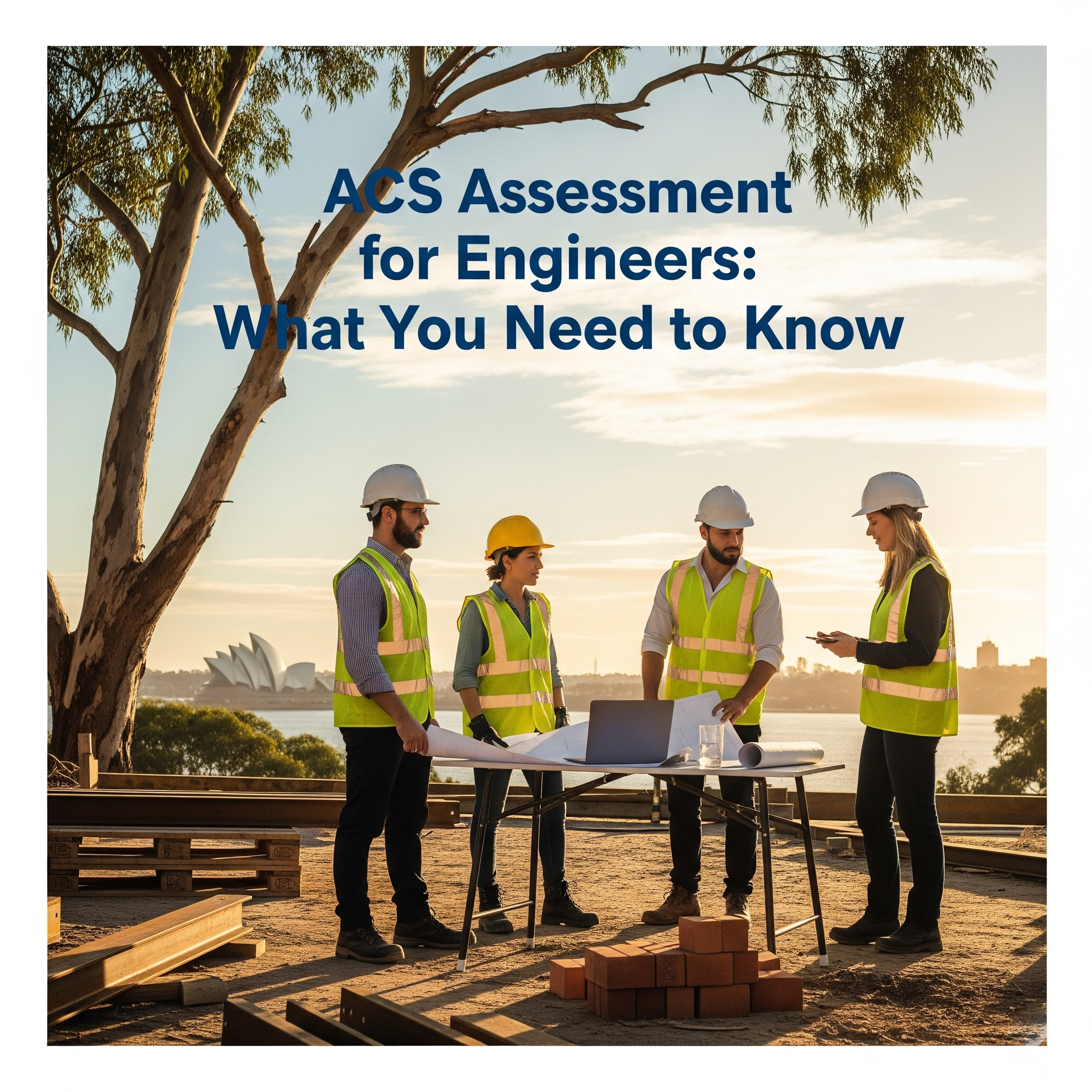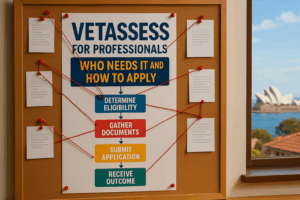Learn about the ACS assessment for engineers, including requirements, pathways, and how to prepare for a successful migration skills assessment.
ACS Assessment for Engineers: What You Need
Migrating to Australia as an engineer requires proving your skills meet local standards. The ACS assessment for engineers is a crucial step for many ICT professionals and engineers seeking skilled migration. This article explains the challenges applicants face, the ACS migration skills assessment process, and practical steps to get started.
The Problem Engineers Face When Migrating to Australia
Many engineers struggle to understand the complex requirements of the ACS skills assessment. The Australian Computer Society (ACS) is the designated authority for assessing ICT qualifications and experience, ensuring they align with Australian standards and the relevant ANZSCO occupation codes. Challenges include:
- Determining if your qualifications meet the Australian Qualifications Framework (AQF) standards.
- Providing sufficient evidence of relevant work experience.
- Navigating different assessment pathways, such as the General Skills Assessment or Recognition of Prior Learning (RPL).
- Understanding the documentation and format required for a successful application.
Without a positive ACS assessment, visa applications under skilled migration programs like the Skilled Independent visa (subclass 189) or Skilled Nominated visa (subclass 190) cannot proceed.
The Solution: ACS Migration Skills Assessment Explained
The ACS migration skills assessment evaluates your qualifications and work experience against Australian standards for your nominated occupation. Key points include:
- Qualification Assessment: ACS reviews your academic credentials to determine if they are comparable to an Australian bachelor’s degree or higher and if the ICT content is sufficient and relevant to your nominated occupation.
- Work Experience: ACS assesses your employment history to ensure it is closely related to your nominated occupation and meets the required skill level.
- Assessment Pathways: Depending on your background, you may apply through the General Skills pathway, Temporary Graduate pathway, or submit an RPL report if you lack formal ICT qualifications but have relevant experience.
- Documentation: You must provide certified copies of identity documents, qualifications, employment references, and detailed job descriptions.
Successfully completing the ACS assessment confirms your skills match Australian requirements, enabling you to apply for skilled migration visas.
Action Steps to Get Started with Your ACS Assessment
- Check Eligibility: Confirm your nominated occupation is on the relevant skilled occupation list and that your qualifications and experience align.
- Gather Documents: Collect certified copies of your academic transcripts, employment references, and identity documents.
- Choose the Right Pathway: Decide if you qualify for the General Skills Assessment or need to prepare an RPL report.
- Prepare Your Application: Follow ACS guidelines carefully, ensuring all documents meet formatting and certification standards.
- Submit and Track: Lodge your application online and monitor progress through the ACS portal.
- Seek Expert Help if Needed: Consider consulting a migration agent or skills assessment expert to improve your chances of success.
ACS assessment
The ACS assessment for engineers is a vital hurdle on the path to skilled migration in Australia. Understanding the requirements and preparing your application thoroughly can streamline the process and increase your chances of a positive outcome. Start early, follow the steps carefully, and take advantage of professional advice when needed to secure your Australian engineering career.




